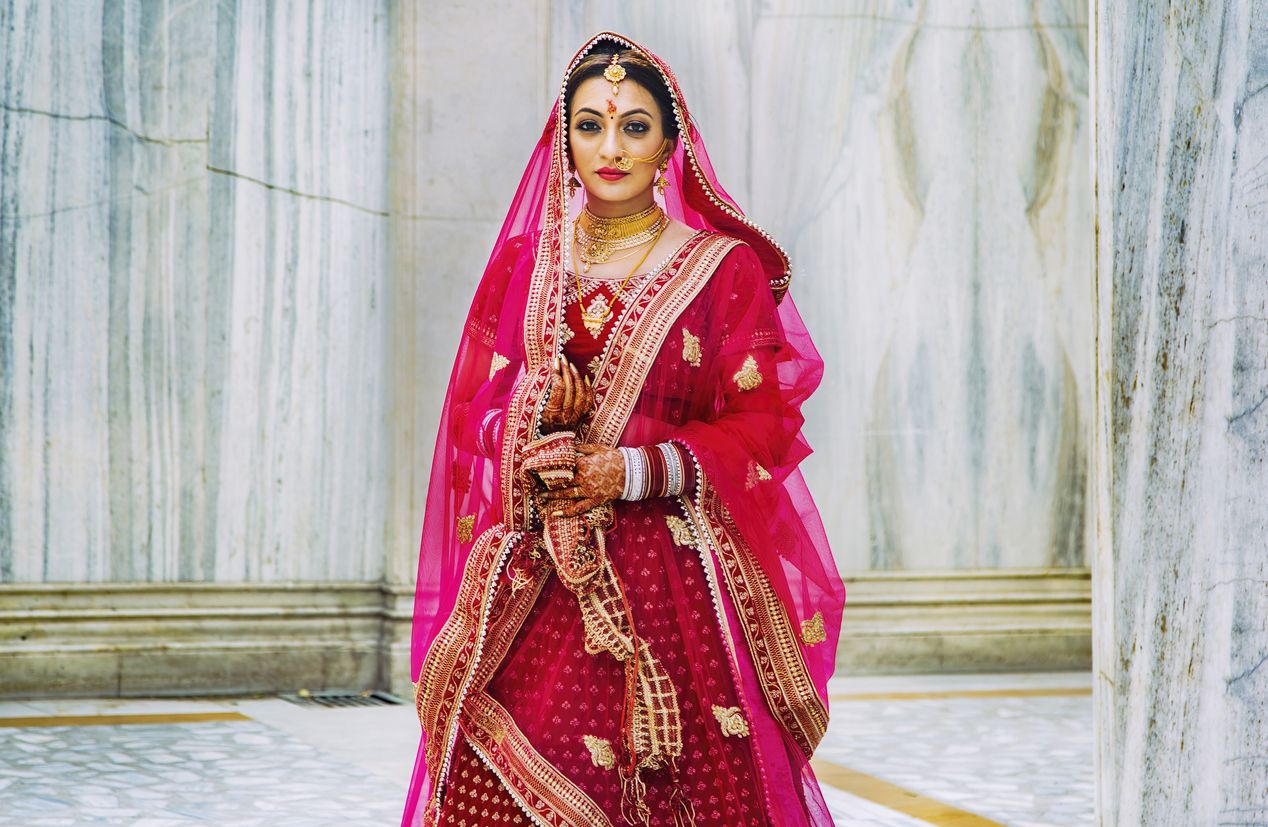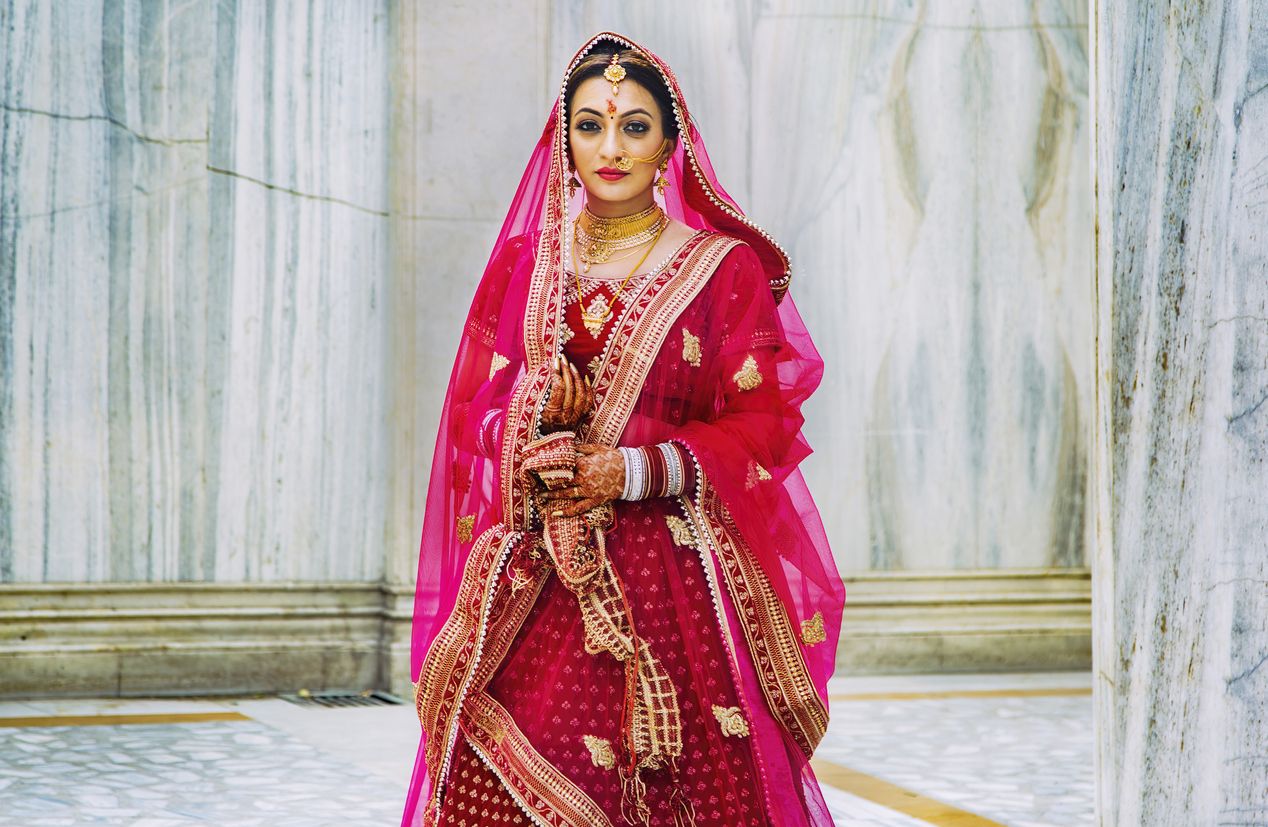Wrapped indian garment nyt – From the vibrant streets of Mumbai to the hallowed halls of New York Times, wrapped Indian garments have captivated the world with their timeless elegance and cultural significance. Embark on a journey through the history, artistry, and versatility of these enchanting textiles.
The Saree
The saree, an iconic garment deeply rooted in Indian culture, is a timeless symbol of grace, elegance, and femininity. Its origins can be traced back to the Indus Valley Civilization, where it was worn by women as a simple unstitched cloth draped around the body.
Over the centuries, the saree has evolved into a versatile masterpiece, showcasing the rich artistry and cultural diversity of India. It holds immense cultural significance, representing various regional traditions, festivals, and social occasions.
Fabrics and Designs
Sarees are crafted from a wide range of fabrics, including silk, cotton, chiffon, georgette, and crepe. Each fabric lends a unique texture and drape to the garment. The designs and patterns vary widely, from traditional motifs like paisleys and florals to contemporary prints and abstract designs.
The colors of sarees are equally diverse, ranging from vibrant hues to subtle pastels. Some sarees feature intricate embroidery, beadwork, or mirror work, adding an extra touch of opulence.
Draping Styles
The saree is draped in a variety of styles, depending on the region and personal preference. The most common style is the Nivi style, where the saree is tucked into a petticoat and then wrapped around the waist and over the shoulder.
Other popular styles include the Gujarati style, the Bengali style, and the Maharashtrian style. Each style has its own unique set of pleats and folds, creating a distinct silhouette.
Guide to Draping a Saree
Draping a saree elegantly requires practice and attention to detail. Here’s a step-by-step guide to help you master the art:
- Start by tucking the end of the saree into your petticoat at the waist.
- Wrap the saree around your waist, keeping the pleats even.
- Bring the end of the saree over your shoulder, draping it across your back.
- Create pleats in the pallu (the end piece of the saree) and tuck them into the waist.
- Adjust the pleats and folds to create the desired drape.
- Secure the saree with safety pins if necessary.
Mastering the art of draping a saree takes time and patience, but the result is a stunning and graceful ensemble that exudes timeless elegance.
The Dupatta

The dupatta, a versatile accessory that has been an integral part of Indian fashion for centuries, is more than just a piece of fabric. It is a symbol of grace, elegance, and cultural heritage, adding a touch of charm and sophistication to any ensemble.
The dupatta has evolved over time, with its origins tracing back to ancient India. Initially, it served as a practical garment, providing warmth and protection from the elements. However, as Indian fashion flourished, the dupatta gradually transformed into a decorative accessory, becoming an essential element of traditional attire.
Materials and Embellishments
Dupattas are crafted from a wide range of materials, including silk, cotton, chiffon, georgette, and net. The choice of material depends on the occasion, personal style, and desired drape. Silk dupattas are known for their luxurious feel and drape, while cotton dupattas are more lightweight and comfortable for everyday wear.
Chiffon and georgette dupattas add a touch of ethereal beauty, while net dupattas provide a delicate and airy look.
Embellishments play a significant role in enhancing the beauty of dupattas. Intricate embroidery, beadwork, sequins, and zari work are commonly used to create stunning designs. Traditional motifs such as paisleys, florals, and geometric patterns add a touch of ethnic charm, while contemporary designs cater to modern tastes.
Styling the Dupatta, Wrapped indian garment nyt
The versatility of the dupatta lies in its ability to be styled in numerous ways, adding a touch of individuality to any outfit. Here are a few popular draping styles:
- Over the shoulder:This is the most basic and effortless way to drape a dupatta. Simply throw it over one shoulder, allowing it to flow gracefully down your back.
- Pallu in front:This style involves bringing the pallu (decorative end of the dupatta) to the front, creating a focal point. The pallu can be draped over one shoulder or both, depending on the desired look.
- Nivi drape:This is a traditional style that involves pleating the dupatta and tucking it into the waistband of the skirt or salwar. The pleats create a voluminous and elegant effect.
- Butterfly drape:This stylish drape involves folding the dupatta in half lengthwise and placing it around the neck, with the ends crossed at the back and brought forward over the shoulders.
The Kurta: Wrapped Indian Garment Nyt
The Kurta, a versatile and timeless garment, has been a staple in Indian fashion for centuries. From traditional designs to modern interpretations, the kurta has evolved to cater to diverse tastes and occasions. It’s a comfortable and chic choice for everyday wear, offering a perfect balance of style and practicality.
Kurtas come in a wide array of styles and designs. The traditional kurta is typically a loose-fitting tunic that falls below the knees and is often paired with a salwar (trousers) or churidar (tight-fitting trousers). Modern kurtas, however, have undergone a significant transformation, incorporating contemporary design elements and tailoring.
They come in various lengths, from short tunics to ankle-length dresses, and feature a range of necklines, sleeves, and embellishments.
Significance in Indian Culture
The kurta holds a significant place in Indian culture. It’s worn by both men and women and is considered appropriate for a variety of occasions, from casual gatherings to formal events. In rural areas, kurtas are often made from simple cotton fabrics and feature minimal embellishments.
In urban areas, however, kurtas are often made from luxurious fabrics such as silk, brocade, or georgette and feature intricate embroidery or embellishments.
The kurta has also played a significant role in the Indian independence movement. Mahatma Gandhi, the father of the Indian nation, adopted the kurta as a symbol of self-reliance and resistance against British rule. Gandhi’s simple white kurta became a powerful symbol of the Indian freedom struggle and continues to be worn by many Indians today as a tribute to his legacy.
Styling Guide
Kurtas can be paired with a variety of other garments to create stylish and comfortable ensembles. For a casual look, kurtas can be paired with jeans, leggings, or palazzo pants. For a more formal occasion, kurtas can be paired with a skirt or salwar.
Kurtas can also be accessorized with a dupatta, a long scarf that adds a touch of elegance and grace to the outfit.
When choosing a kurta, it’s important to consider the occasion, personal style, and body type. For a casual look, opt for a kurta in a simple color or pattern. For a more formal occasion, choose a kurta in a more luxurious fabric or with intricate embellishments.
If you have a petite frame, opt for a shorter kurta that falls above the knees. If you have a taller frame, you can wear a longer kurta that falls below the knees.
Closing Notes

As we delve deeper into the world of wrapped Indian garments, we discover a rich tapestry of tradition, craftsmanship, and personal expression. Whether adorned for a special occasion or embraced as everyday attire, these garments continue to weave their magic, leaving an unforgettable mark on the global fashion landscape.
Questions and Answers
What is the significance of the saree in Indian culture?
The saree is a timeless symbol of Indian heritage, deeply rooted in tradition and spirituality. It represents grace, femininity, and the diverse cultural tapestry of the subcontinent.
How can I drape a saree elegantly?
Mastering the art of saree draping requires practice and attention to detail. Our comprehensive guide provides step-by-step instructions to help you achieve a flawless drape that accentuates your figure and exudes confidence.

